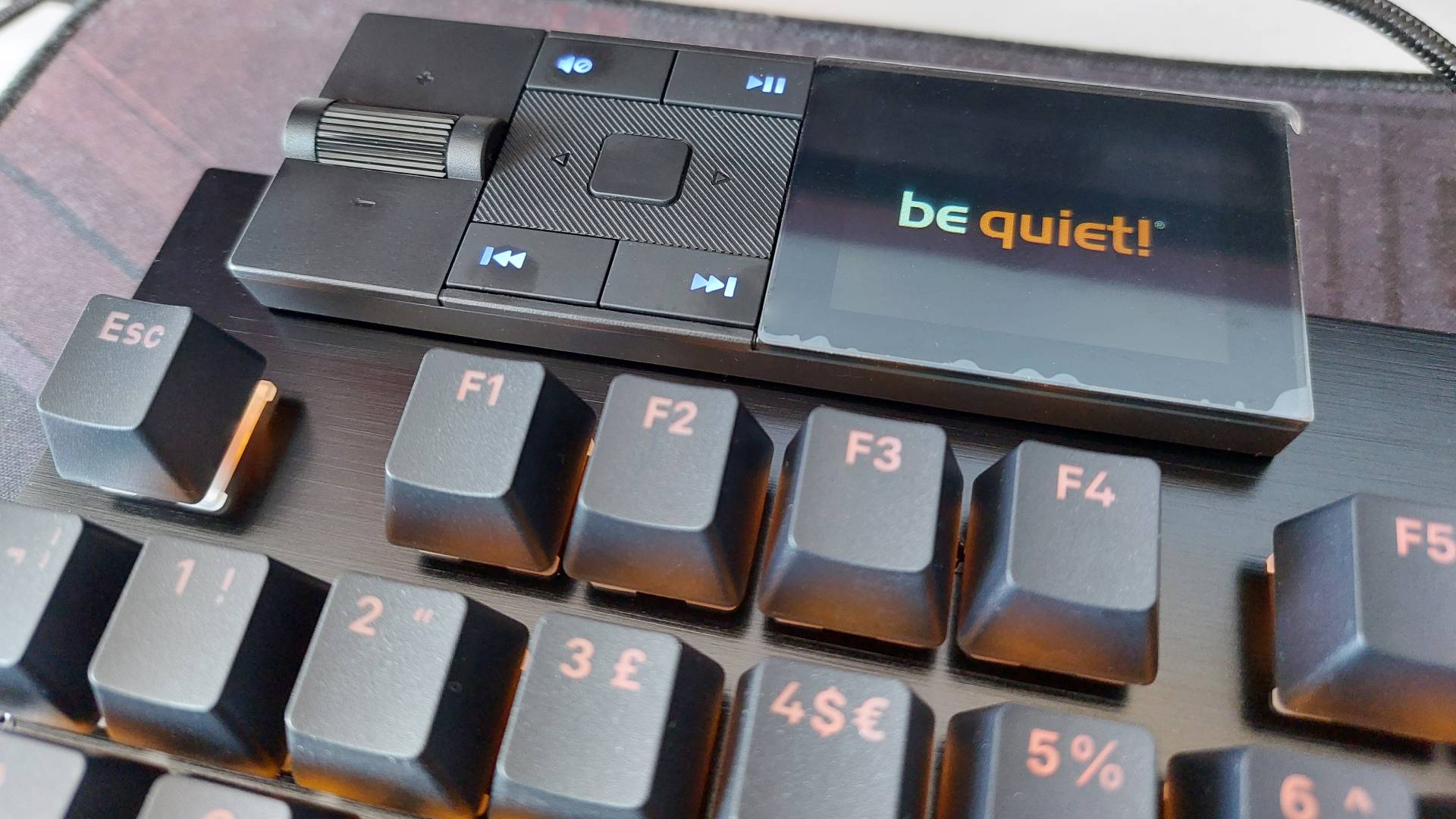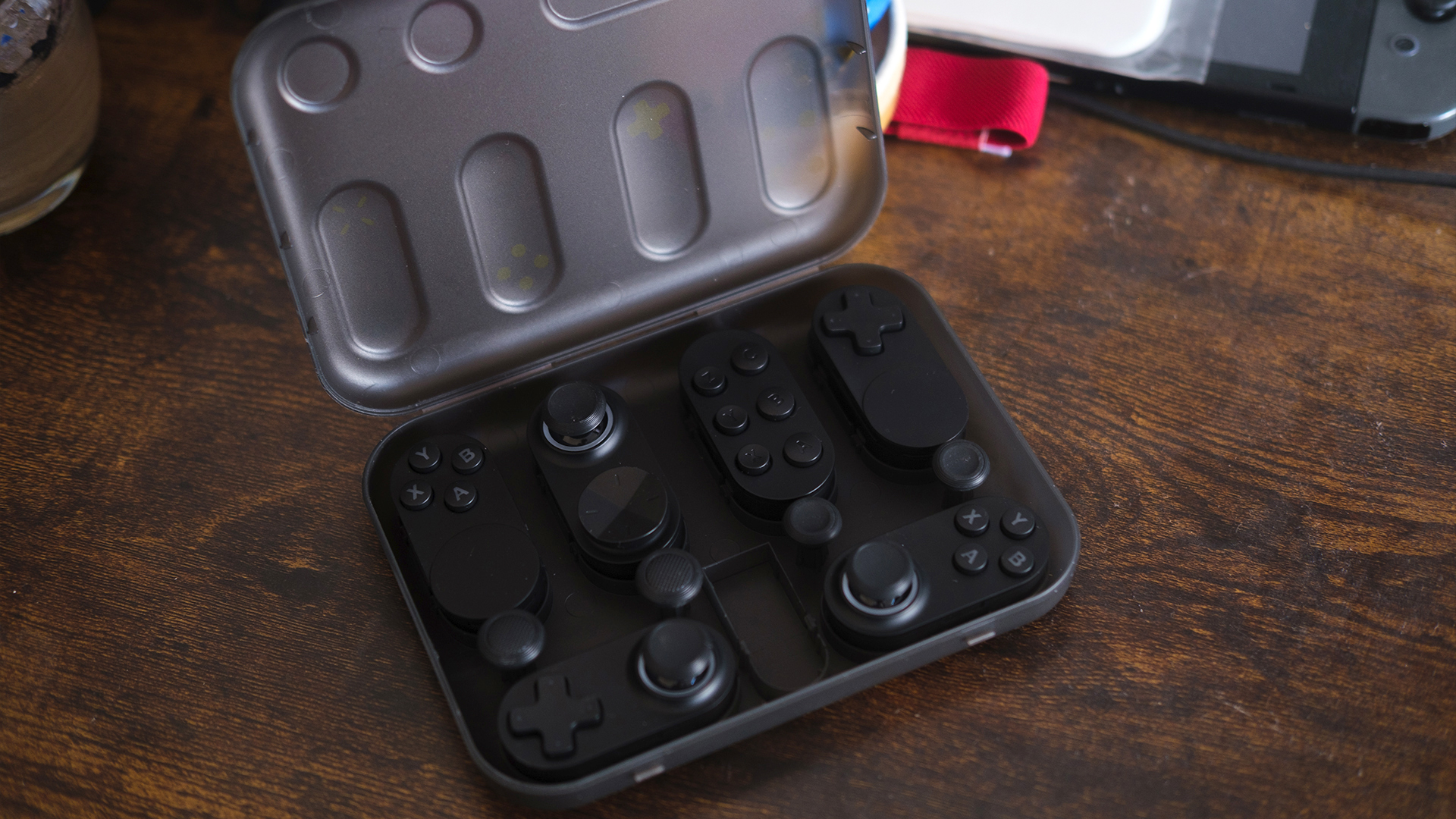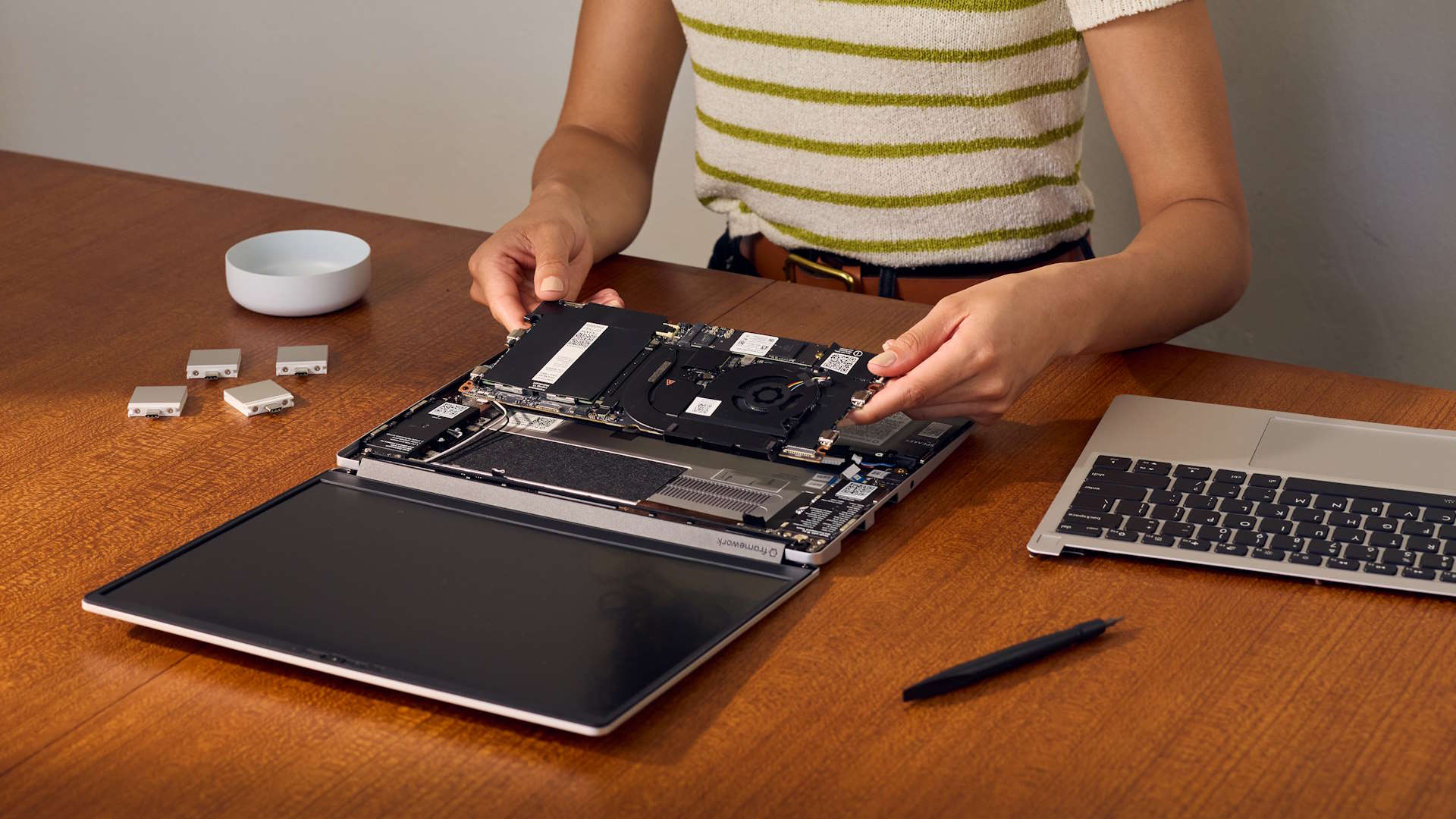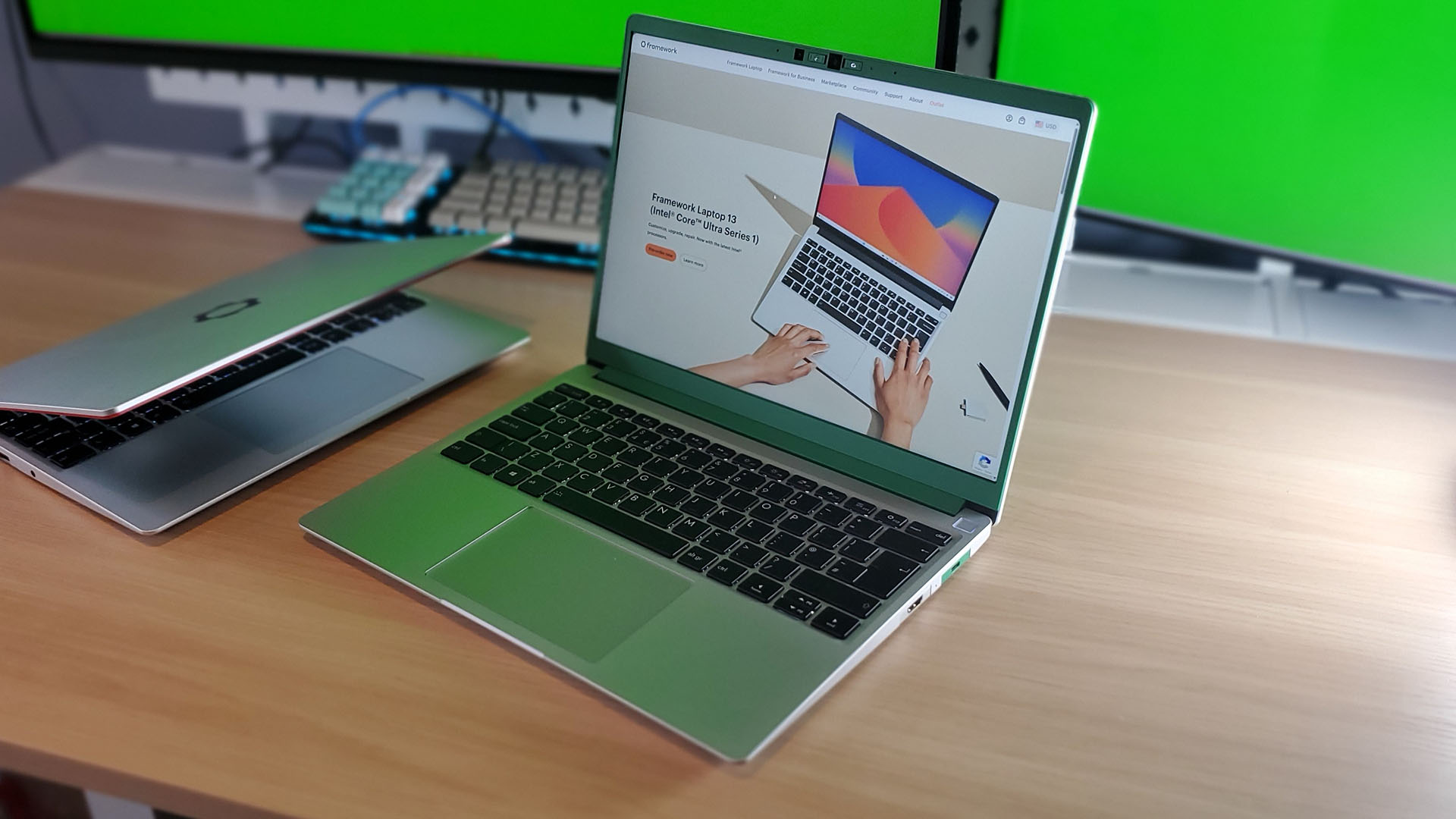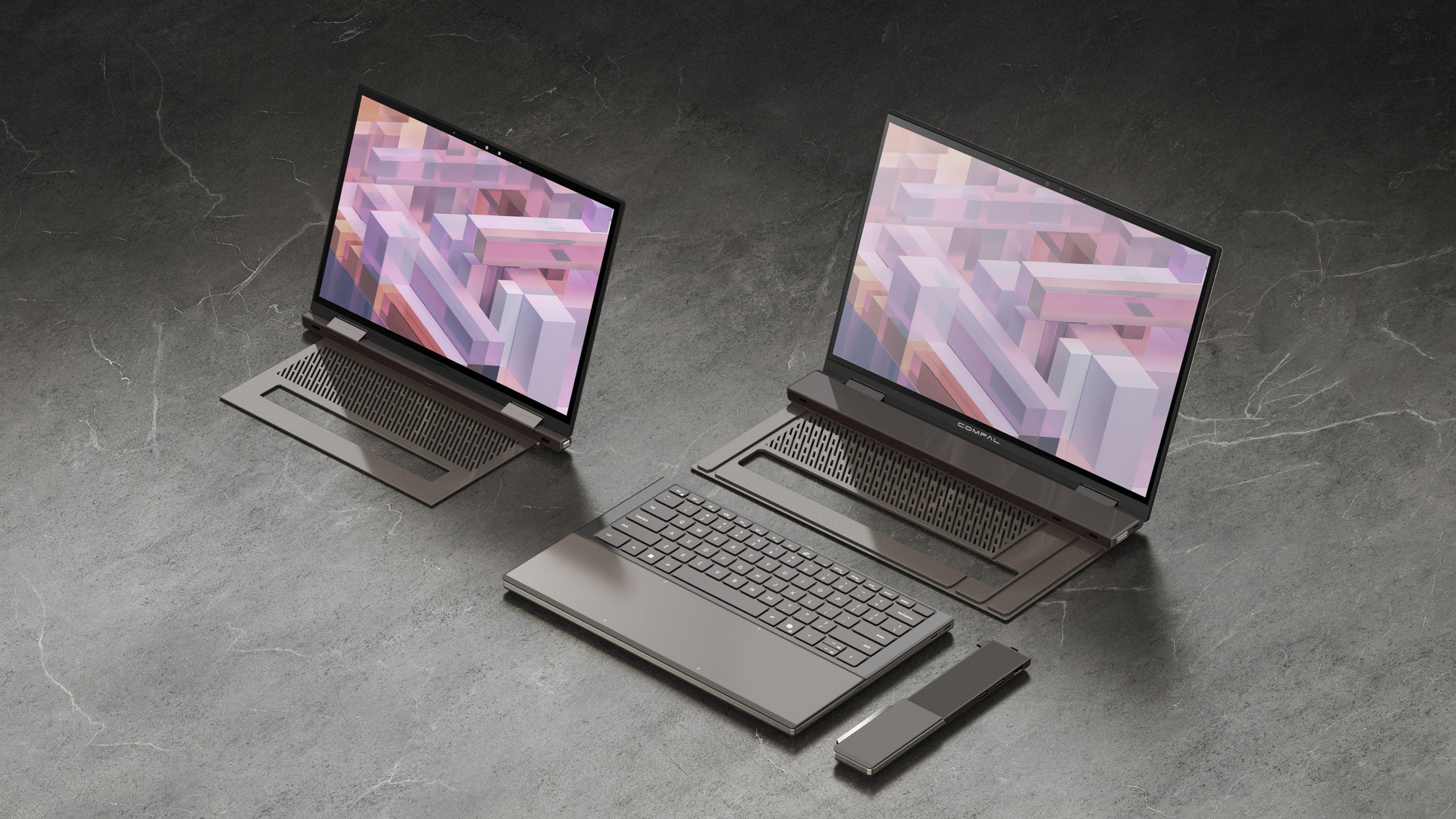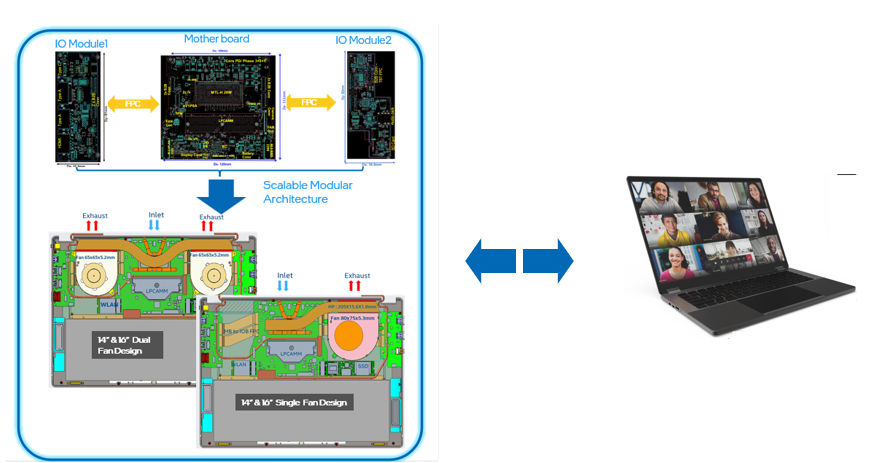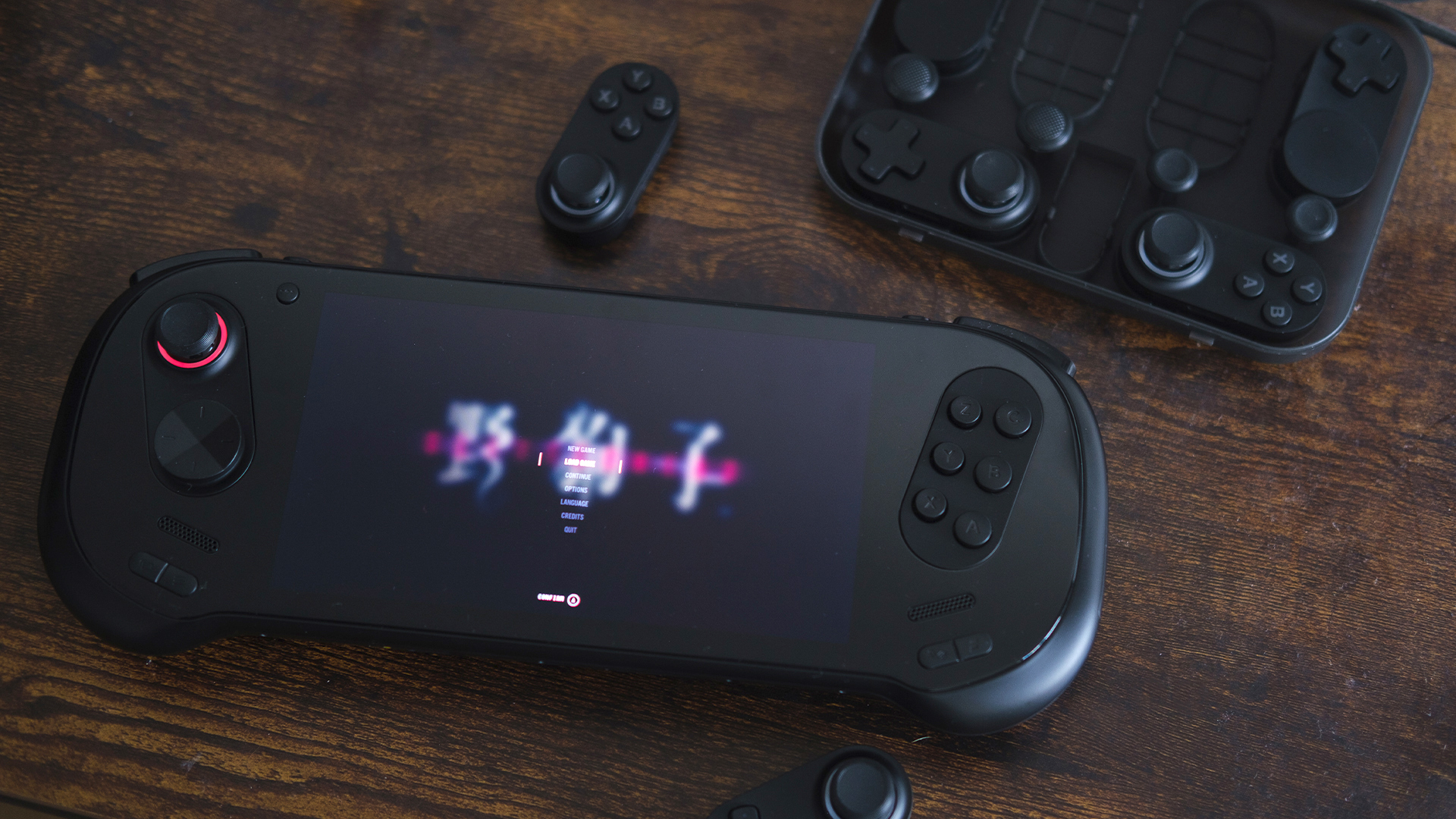
As much as I love Lego, modular tech still has many more bricks to lay before I'll be convinced it's got a solid foundation.
I really don’t ‘get’ the buzz around modularity. For one, I like set-it-and-forget-it tech; once my keyboard is in situ, I’m not going to be regularly kickflipping it like a fingerboard to strap on extra bits. For another, my desk is messy enough as it is without a growing pile of modular attachments.
As much as I love playing around with PC hardware like the expensive Lego it is, I’ve yet to see a truly killer use case for modular tech outside of what’s already gone into my rig.
Before I really get into it, let me make myself clear on a couple of things. For one thing, I’m not just sceptical about peripherals with modular attachments that enhance the base unit’s featureset, but also modular upgrade systems for desktops and laptops.
For another, I’m not setting my sights on customisable, accessible hardware like the swappable joystick toppers on Microsoft’s Adaptive Joystick. Though you’ve got to 3D print the topper of your choice yourself, these swappable parts are a fantastic example of leaning on modular design in a way that allows the same bit of mass-produced kit to support a variety of mobility needs. Folks being able to craft a controller that really works for them falls outside the scope of my criticism.
What falls within my sights though, is Be Quiet’s Dark Mount; even with the swish media dock and numberpad that can be attached to either side of the very premium keyboard, the Dark Mount utterly failed to sell me on modular design more broadly.
It’s not that Be Quiet’s foray into peripherals has been poorly executed by any means. As I say in my Dark Mount review, it’s still a really nice sound-dampened mechanical keyboard—even if I personally wish Be Quiet had gone with a slightly different naming convention.
The option of ambidextrous placement for the numberpad is probably a welcome inclusion for left-handed folks. However, as a rightie, I just don’t see myself making the most of this feature. (Gotta stand up for left-docking numpad peeps here, it’s the only place for a numpad to be -Ed.)
Besides that, I simply don’t understand the need for what is essentially a chunky 60% keyboard with a numberpad attachment that makes it even bigger—why not pick up a fullsize, unsegmented keyboard in the first place? However, keyboards and peripherals are only part of the picture.
The Ayaneo 3 offers controller modules so you can play your way, but only after noodling with button layouts in the sidebar menu, according to Joel’s review. Modular design flourishes like this often lean on a plug-and-play fantasy that turns out to be a little more fiddly in reality.
For another thing, I know I would lose those spare controller bobbins at the first opportunity (my Dark Mount dust covers disappeared into the void as soon as I took my eyes off of them).
But handhelds aren’t the only hardware presenting such a head scratcher—as I said up top, what is a gaming PC if not ludicrously expensive Lego?
That’s a truth Framework has taken to heart not only with its tiny AMD Strix Halo desktop machines, but also its modular laptops.
In his Framework 13 laptop review, Dave described the company’s latest laptop as their yet. But even though he liked it a fair bit, he also very much enjoyed cannibalising the better screen for his older Framework laptop.
What is a gaming PC if not ludicrously expensive Lego?
Far less ecologically impactful than buying a brand new laptop at regular intervals, Framework is all about offering bits of kit you can repair and upgrade yourself for years to come. You can even pick up older or second hand upgrade modules from Framework’s marketplace—as far as modular enterprises go, it genuinely sounds very promising to me.
But even with the goal of making modular, repairable tech more accessible, bespoke manufacturing means the cheapest version of the Framework 13 still available costs closer to a grand than I’d like. Framework is far from a huge company, meaning they’re not producing huge batches worth of stuff. This, too, raises the cost of production and goes some ways to explain that premium price point for the consumer.
And as for recycling your old upgrade modules if they can’t be reused or repaired, the loop is not yet as circular as I’d like; if you’re based in the US, you have a few options to ship your recyclable Framework parts to, and much fewer options if you’re based anywhere else in the world.
It’s a little unfair to pick on Framework for this, as this is very much an issue the entire tech industry is struggling to grapple with. For instance, Jacob’s 2023 feature about Britain’s best years of electronics recycling likely being behind us remains eye-opening—but let’s put a pin in my environmental anxiety for at least a few paragraphs more.
A potential competitor may soon emerge from Compal Electronics, but details about its own modular laptop are a touch thin on the ground.
Rather than just extending the lifespan of its laptops via upgradable ‘modular AI units’—whatever that means—Adapt X comes with lots of bits you can attach or detach for flexible usage modes. The project’s IF Design award 2025 page promises Type-C USB interfaces as well, plus “economic efficiency, and sustainability by reducing electronic waste.”
Even Intel, for all its concerns about mounting e-waste, has yet to truly crack a compelling take on a modular laptop.
The company is exploring concepts for modular innards incorporating a core mainboard with additional IO modules, though its plans offer no word on easily upgradeable GPUs separate to this. The company discusses making it easier for a desktop by “using slide rails,” but doesn’t touch on the possibility for a more portable form factor either.
One thing I actually liked about the Dark Mount is that, rather than use an arcane socket that’s all their own, Be Quiet opted for traditional USB-C connections for its keyboard’s modular attachments. Whatever difficulty I may have had sliding those suckers into my preferred orientation (turns out you need to lightly press down on the slider on the numberpad’s underside, and not just force it), it’s definitely not comparable to the trouble some folks allegedly had with Asus’ so-called Q-Release Slim PCI slot system.
My hope is that USB-C—which already appears to be favoured by a number of tech companies offering modular bobbins—becomes more of the standard port in this arena, better supporting easy hardware upgrades from more than one company’s walled garden.
Even as a tech journalist, I’m not one to plonk a chunk of change down on something fresh off the assembly line on a yearly or even semi-regular basis, so I like the thought of modular upgrades at least in theory.
If I’m being totally honest, standardised modular sockets would have also offered some peace of mind during my earliest PC builds. While that’s not yet a reality, the tool free case closures on Framework’s mini PC, not to mention iFixit’s largely-single-tool-teardown, would definitely have appealed to my younger self…even if the price tag definitely falls outside of a broke babe’s budget.
When I do welcome a new bit of kit into my chaotic home office, the question ‘And where will I put it when I’m done with it?’ is never far from my mind. End of the line hardware going straight to landfill is the stuff of my climate anxiety nightmares, and it’s not because I enjoy lying awake at night.
An investigation by the United Nations’ Institute for Training and Research found that a record 62 million tonnes of e-waste produced in 2022 alone—82% more than what stacked up back in 2010. So, without either a standardised approach to modular attachment slots, or a robust, easily accessible recycling system in place, there’s also the risk of contributing to e-waste even more with modular hardware upgrades.
I can’t easily set aside many millions of tons of e-waste, but for the sake of reaching a salient conclusion, I will. Despite the compelling promise of greater customisation and easier upgrades, I’m still not convinced there’s a place in my life for modular design to slot into. Furthermore, the Dark Mount isn’t going to slot into many folks’ budget either with a price tag of $250—to say nothing of those far pricier Framework laptops.
Much modular tech not only still costs a premium, but also effectively locks you into a very select tech ecosystem. This is another reason why Microsoft’s Adaptive Joystick falls outside of my criticism, because at $20—a price tag which is not inclusive of any 3D printing you may have to sort at additional expense—it’s definitely a very affordable outlier. However ultimately, I’m still not convinced modular design is yet really a vision of the future for consumer tech in the here and now.
